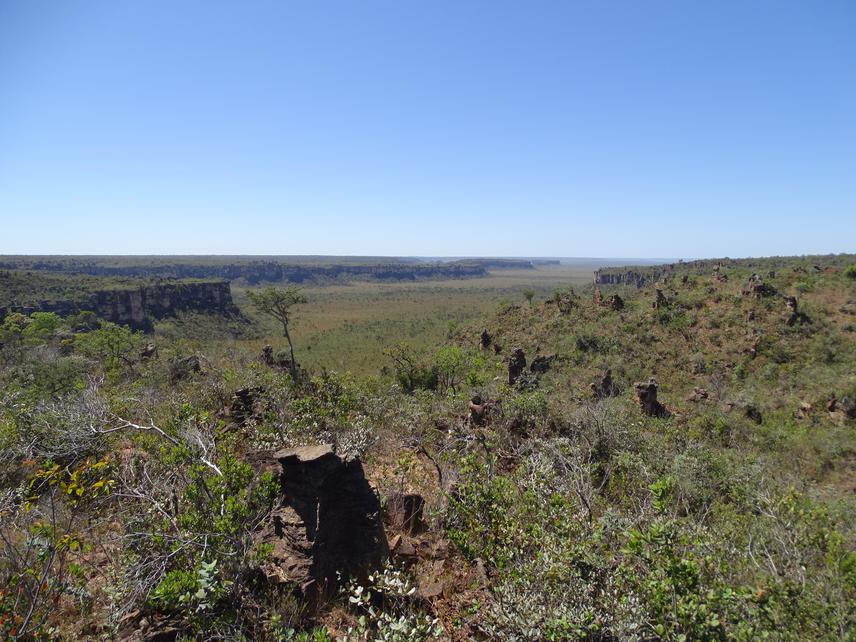Sílvia Laine Borges Lúcio
Currently, industrial large scale agriculture is the dominant development model for the Brazilian savannah (Cerrado). This model has been replacing small-scale agricultural models since the 1970s. This replacement has generated socio-ecological consequences. The study area’s region (Jalapão, Tocantins state) comprises one of the last great continuous remnant of Cerrado biome, which is imbedded within the current largest national agricultural frontier (MATOPIBA region). One of the objectives of this research is to understand the traditional agricultural system, the scale and to understand its impacts. Qualitative information can show the problems involved in these traditional farming techniques in order to improve them. The quantitative information will show the effects of these traditional practices in the recovery of vegetation after crops. Research such as this can subsidize new models management of protected areas in savannahs. In addition to this project will gather data on forest resilience in relation to land-use in different scales.

The Jalapão region (in Tocantins state) comprises one of the last great continuous remnant of Cerrado biome (savannah), which is imbedded within the current largest national agricultural frontier, the MATOPIBA region (in the state frontiers of Maranhão, Tocantins, Piauí and Bahia states). Large scale agricultural projects are commonly implemented in higher portions of the terrain while local communities and protected areas (PA) are restricted to lowland areas where soil fertility is lower. This natural shape relief makes water level downstream an important indicator of hydric mobility on a regional scale. The local populations, who live downstream from large agricultural projects, have noticed decreases in water level and attributed such decreases to the land-use changes upstream, among other causes, such as global climate change. Part of this downstream population lives inside protected areas. Because of legal environmental rules, the permanence of these populations has been threatened since the 2000s, as well as their productivity activities, in especial agriculture. Traditional crops are cultivated in swampy palm-dominated formations (veredas), gallery forests and riparian forests. These ecosystems are influenced by the regional water regime. The three main traditional agricultural techniques involve the drainage of cultivated areas, shallow cut of woody species and the use of the fire to clean the area of the planting. Environmental managers perceive small scale agriculture as a threat to native ecosystems, but do not have available information to quantify possible ecosystem impacts of such activities. On the other hand, traditional farmers argue that what can change these ecosystems is industrial agriculture upstream, causing drier and more susceptible to the effects of fires (these ecosystems are formations of a pyrophysical biome).
Quantifying in site ecosystem impacts of small scale agriculture will help understand the actual consequences of these traditional agricultural systems. Discussing the results in participatory manners will help improve the dialogue between local communities and PA managers and, if needed, identify possible changes in these systems to decrease ecological impacts without harming local livelihoods. At the institutional scale, this research may support the process of approximation between environmental managers and local traditional populations, in a context of collective construction of protected area management. Because of large extent of protected areas, the lack staff and financial resources of the State for management, these populations can be great allies of conservation. It is essential to understand the role of traditional populations for ecosystem management and conservation.